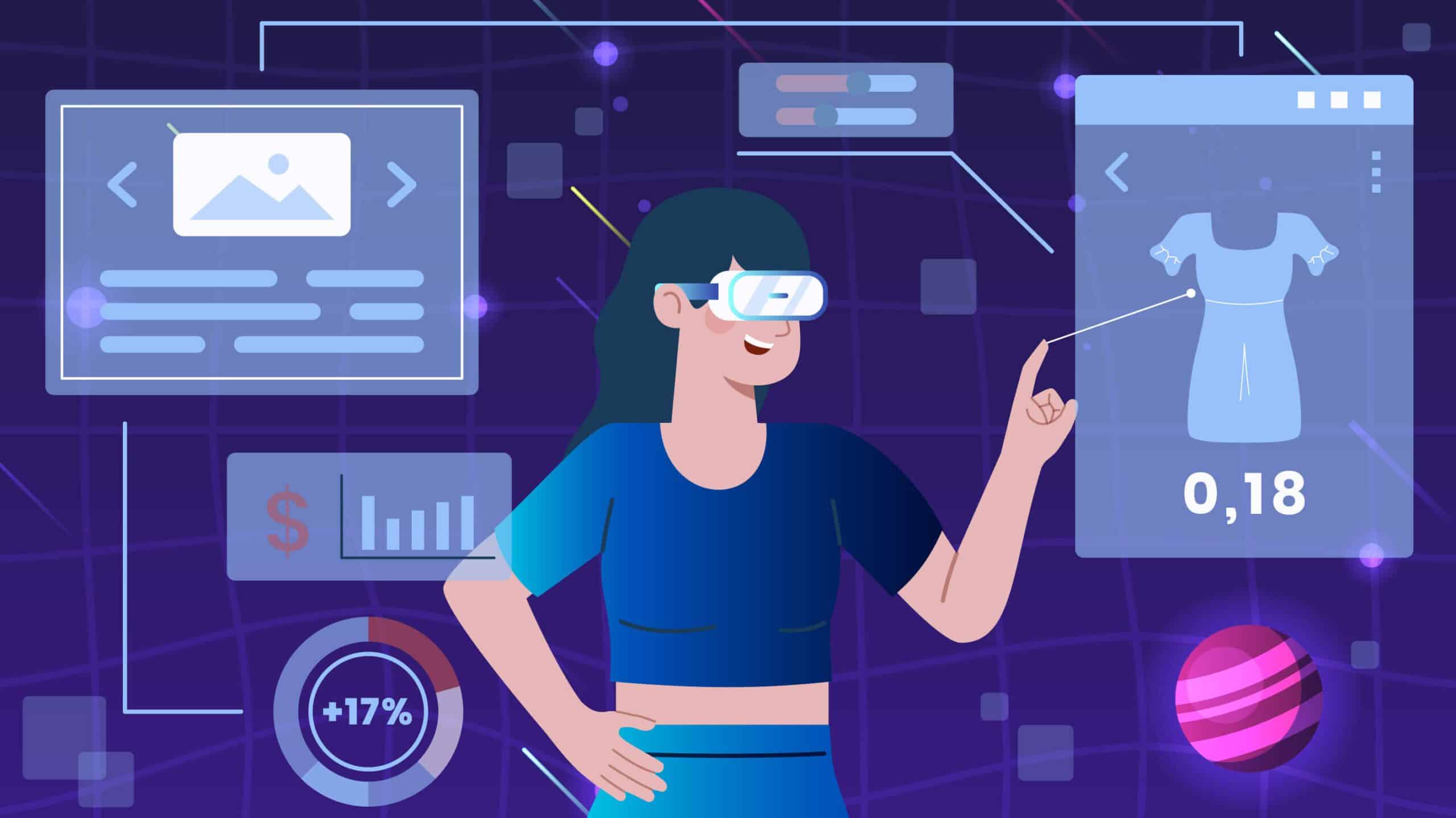Everything You Need To Know About Mixed Reality
Imagine a world where the boundaries between the physical and digital worlds blur, creating an entirely new way of experiencing technology.
According to experts in the tech world, mixed reality is supposedly the next evolutionary step after mainframes, PCs, and smartphones.
But what is mixed reality? Well, read further to get yourself acquainted with the concept.
Defining Mixed Reality: Where Real and Digital Converge
Mixed reality is not just a buzzword; it’s actually quite revolutionary because it merges physical and digital interactions.
At its core, mixed reality combines three key components: humans, computers, and environments. It’s like stepping into a world where the real and the virtual coexist in ways that redefine how we interact with technology.
The Origins: From Taxonomy to Tangibility
The term “mixed reality” dates back to 1994. In a paper titled “A Taxonomy of Mixed Reality Visual Displays,” Paul Milgram and Fumio Kishino laid the groundwork for this very concept. Their paper explored the idea of a virtuality continuum and classified visual displays along this spectrum. Initially, it started as a theoretical notion and now it has evolved into a transformative force shaping how we perceive and interact with our surroundings.
Beyond Displays: What is Mixed Reality Made of?
Mixed reality is not just about visual displays. It contains the following main elements that make it what it is.
- Environmental Understanding: This involves spatial mapping and anchors that help blend digital elements seamlessly into the real world.
- Human Understanding: Techniques like hand-tracking, eye-tracking, and speech input enable technology to understand and respond to our actions more intuitively.
- Spatial Sound: Audio cues that adapt to your movement, enhancing the immersive experience.
- Location and Positioning: Pinpointing your presence in both physical and virtual spaces allows for seamless transitions.
- Collaboration in 3D Spaces: Working together on virtual assets within mixed-reality environments takes collaboration to a whole new level.
Seeing and Sensing: Environmental Input and Perception
As human-computer interaction (HCI) evolved over the years, it completely changed the way we communicate with technology. Input methods have now expanded from keyboards and mice to touch, ink, voice, and even skeletal tracking through devices like Kinect. Advanced sensors and processing power have given rise to perception APIs, which enable computers to understand the environment. This includes elements like body position, object recognition, spatial mapping, lighting, sound, and physical locations.
The Recipe for True Mixed Reality: Combining Elements
Creating authentic mixed-reality experiences requires a culmination of three essential elements:
- Computer Processing Powered by the Cloud: The processing power offered by cloud computing is harnessed to deliver seamless and responsive experiences.
- Advanced Input Methods: Beyond keyboards and touchscreens, technologies like voice recognition and skeletal tracking enable more natural interactions.
- Environmental Perceptions: Computers gather data from the physical world, ranging from your body position to the lighting in your surroundings.
Distinguishing Mixed Reality from Augmented and Virtual Reality
It’s important to differentiate mixed reality from its cousins, augmented reality (AR) and virtual reality (VR). While they share some common traits, mixed reality offers unique capabilities:
- Transition Between Realities: Mixed reality allows for seamless transitions between augmented and virtual experiences. You can place digital objects in the real world and even be present as an avatar for asynchronous collaboration.
- Incorporation of the Real World: Unlike VR, which isolates you completely, mixed reality and AR involve the real world, either by augmenting it with digital elements or blending both seamlessly.
- Hardware Distinctions: Each of these experiences requires specific hardware. VR employs a headset that isolates you, AR can use devices like smartphones, and mixed reality uses glasses or headsets that maintain a connection with the real world.
Applications of Mixed Reality: Where Imagination Meets Reality
Mixed Reality is not under the limelight just for the sake of it. It comes with a lot of benefits because it has a lot of applications.
- Medical Training: Medical students can practice complex procedures in a safe and controlled mixed reality environment without having to worry about collateral damage.
- Architectural Design: Architects can visualize and modify designs in real time, making better collaboration and decision-making possible.
- Education: Complex concepts can become more easily digestible for students when they can visualize them properly with the help of mixed reality
- Remote Collaboration: Teams spread across the globe can collaborate with ease as if they’re in the same room, thanks to shared mixed reality spaces.
For more insightful blogs on Metaverse and Non-conventional reality, follow WTSVerse.

